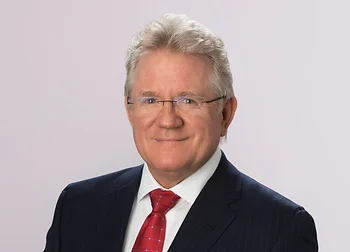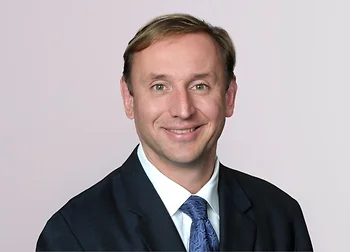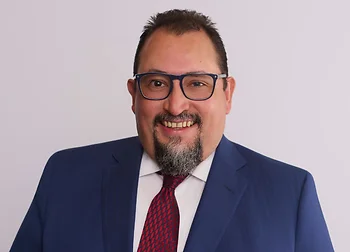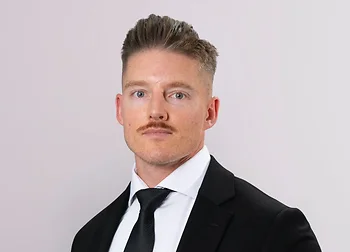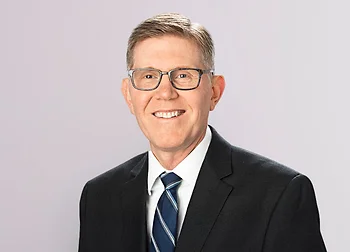On January 10, 2014, in the matter In re Garlock Sealing Technologies, LLC, Judge George Hodges, of the US Bankruptcy Court for the Western District of North Carolina, adopted the liability estimate for Garlock’s pending and future asbestos personal-injury claims presented by Dr. Charles Bates, Chairman of Bates White Economic Consulting. Based on Dr. Bates’ testimony, Judge Hodges ruled that the reasonable and reliable liability estimate for Garlock’s pending and future claims is $125 million.
Importantly, by adopting Dr. Bates’ Garlock liability estimate, Judge Hodges not only rejected the $1.3 billion estimates advanced by the experts of the Asbestos Claimants Committee (ACC) and the Future Claimants Representative (FCR), but also endorsed Bates White’s estimation methods that calculate liability from the ground up by modeling the interaction between liability, transaction costs, likelihood of recovery, expected trial outcomes, and settlements. This approach is based on detailed and extensive data regarding claimants’ characteristics and their sources of asbestos exposure, including large amounts of information granted in discovery by Judge Hodges. Bates White’s method contrasted with the simplistic approach of the opposing experts that was limited to an extrapolation of the historical settlements data without reference to the underlying mechanisms that generate such settlements. Judge Hodges noted that “The estimates [by the ACC and FCR experts] of Garlock’s aggregate liability that are based on its historic settlement values are not reliable because those values are infected with the impropriety of some law firms and inflated by the cost of defense.”
Garlock, a manufacturer of gaskets, filed for bankruptcy in 2010 because of the hundreds of thousands of individuals filing lawsuits claiming that small amounts of asbestos in products the company made decades ago caused them to contract asbestos-related diseases, including mesothelioma, a form of cancer. Prior to its bankruptcy filing, Garlock already had paid hundreds of millions of dollars to settle asbestos claims over multiple decades. The company’s plan for exiting bankruptcy calls for the establishment of a trust to resolve all pending and future asbestos claims. At issue in this hearing was the amount of assets that must be set aside in such a trust.
Working in conjunction with Bates White, Garlock sought, and was able to obtain, access to data regarding claims made by past and pending Garlock claimants against other companies and bankruptcy trusts for the same impairment. The Bates White team, under the direction of Dr. Jorge Gallardo-Garcia, a PhD economist and Bates White Principal, combined data collected from this discovery work with many other sources of information, such as public filings and verdict results with the Debtors’ pre-petition claims data. Further, Dr. Gallardo-Garcia testified to the reliability of the database at trial. In this regard, Judge Hodges noted that, “The result was the most extensive database about asbestos claims and claimants that has been produced to date. It is the most current data available and is the only data that accurately reflects the pool of claims against Garlock. It represents a reasonable and representative sample of claims against Garlock.” Using these data, Dr. Bates was able not only to estimate the net present value of Garlock’s expected aggregate liability for current and future asbestos claims, but also to demonstrate why, and quantify the degree to which, this amount differed from the payments Garlock had been making to resolve claims in the tort system.
In estimating the number of future individuals to be diagnosed with mesothelioma who might have had contact with asbestos-containing gaskets, Dr. Bates relied on the most recent estimates of the Bates White Incidence Model. With respect to this model, Judge Hodges wrote in his decision, “The Bates White model was demonstrated to be an acceptable method of predicting future incidence of mesothelioma... In fact, the Bates White model is more inclusive than other models because it includes both occupational and non-occupational exposure.”
In addition to Dr. Gallardo-Garcia, Dr. Bates was assisted by Dr. Jeffrey Brown, a PhD economist and Bates White Partner, who designed a model to estimate the expected trial outcomes; by Dr. Karl Snow, a PhD economist and Bates White Partner, who assisted with financial matters, including the appropriate inflation and discount rates; and by other Bates White economists who provided estimates of expected claimants’ trust recoveries.
For more information, see Judge Hodges’ opinion and press coverage in Forbes, New York Times, Wall Street Journal, and Bloomberg Businessweek.
The team
- Partner
- Partner
- Partner
- Partner
- Principal
- Partner

